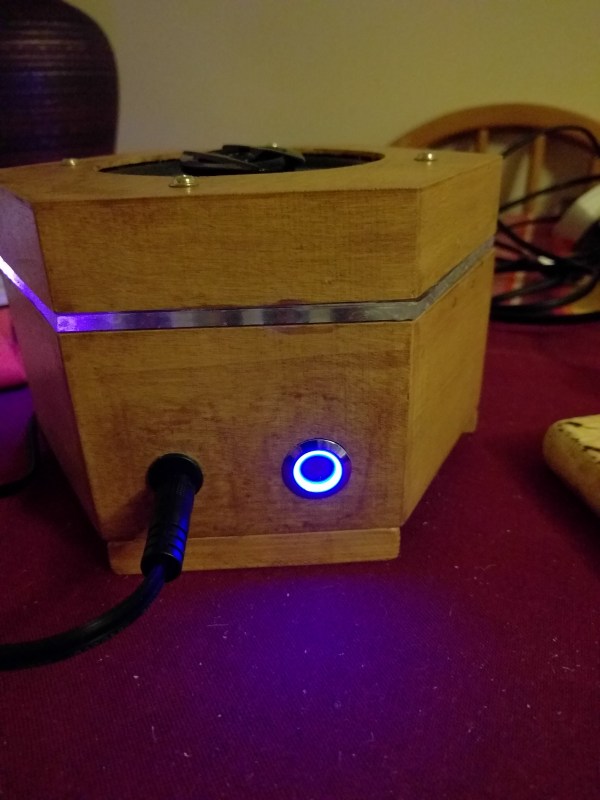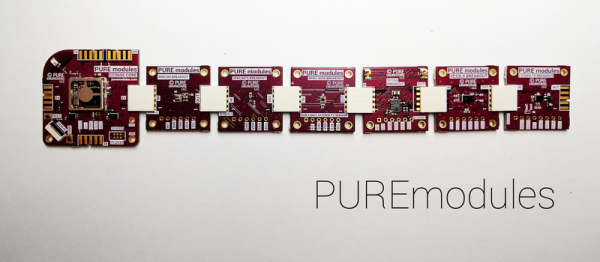You should be watching the Doctor Who Christmas special right now. Does anyone know when the Resturant at the End of the Universe spinoff is airing?
We have a contest going on right now. It’s the 1 kB Challenge, a contest that challenges you to do the most with a kilobyte of machine code. The deadline is January 5th, so get cracking.
A few years ago, [Kwabena] created the OpenMV, a Python-powered machine vision module that doesn’t require a separate computer. It’s awesome, and we’re going to have his talk from the Hackaday SuperConference up shortly. Now the OpenMV is getting an upgrade. The upgrades include an ARM Cortex M7, more RAM, more heap for less money. Here’s a link to preorder.
There ain’t no demoscene party like an Amtrak demoscene party because an Amtrak demoscene party lasts ten hours.
E-paper displays are fancy, cool, and low-power. Putting them in a project, however, is difficult. You need to acquire these display modules, and this has usually been a pain. Now Eink has a web shop where you can peruse and purchase epaper display modules and drivers.
[Kris] built a pair of STM32L4 dev boards that are easily programmed in the Arduino IDE. Now he’s putting these boards up on Kickstarter. The prices are reasonable – $15 for the smaller of the pair, and $25 for the bigger one. Remember, kids: ARM is the future, at least until RISC-V takes over.
This is how you do holiday greeting cards.
Didn’t get what you want for Christmas? Don’t worry, Amazon still has A Million Random Digits with 100,000 Normal Deviates in stock. It’s also available on audible dot com. Sometimes we don’t have time to sit down and read a million random digits but with audible dot com, you can listen to a million random digits in audio book format. That’s audible dot com please give us money.
 This is the last Hackaday Links post of the year, which means it’s time for one of our most cherished traditions: reviewing our readership in North Korea.
This is the last Hackaday Links post of the year, which means it’s time for one of our most cherished traditions: reviewing our readership in North Korea.
It’s been a banner year for Hackaday in the Democratic People’s Republic of North Korea. The readership has exploded in 2016, with a gain of nearly 300%. To put that in perspective, in 2015 we had thirty-six views from North Korea across every page on Hackaday. In 2016, that number increased to one hundred and forty.
That’s a phenomenal increase and a yearly growth that is unheard of in the publishing industry. We’d like to tip our hat to all our North Korean reader, and we’re looking forward to serving you in 2017.



















